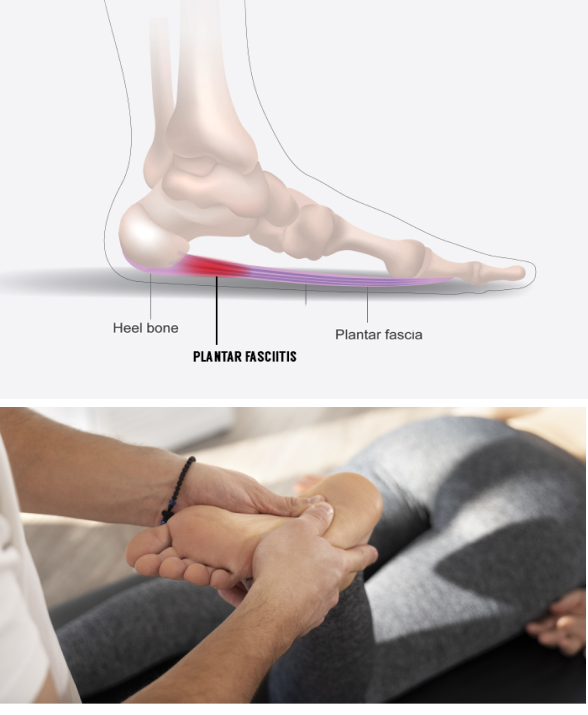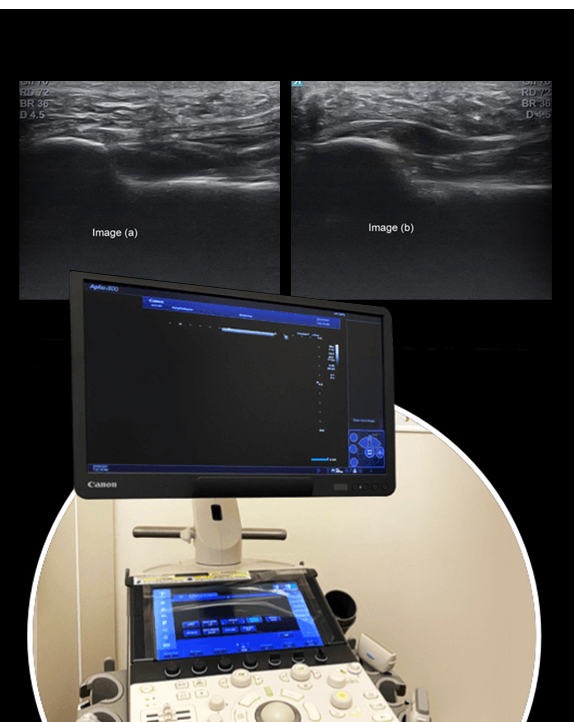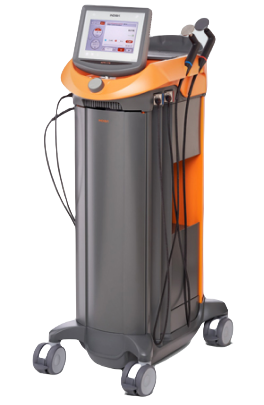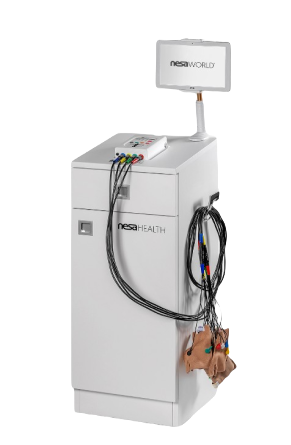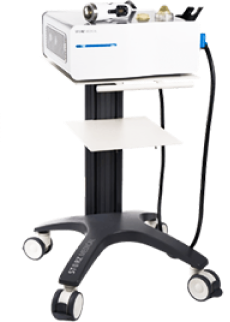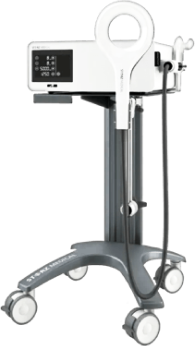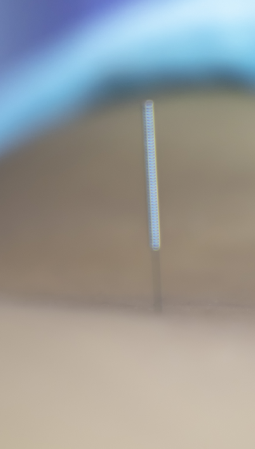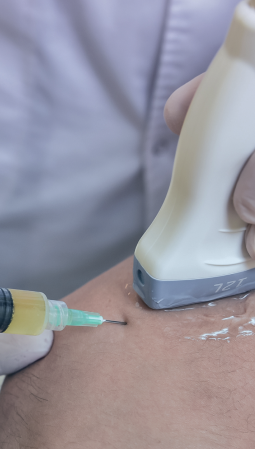Dr. Kalika has been treating foot and heel pain for over 15 years. His expertise in diagnostic ultrasonography using the highest resolution ultrasound technology available in NYC ensures that patients get an accurate diagnosis on their first visit.
The NYDNRehab clinic features the most technologically advanced gait analysis system available in a private physical therapy clinic. Dr. Kalika has developed his own unique approach to treating heel pain using extracorporeal shock wave therapy (ESWT), along with ultrasound guided dry needling and injection therapies. Using his methodology, true plantar fasciitis can be easily treated and function can be fully restored, provided there are no other underlying issues.
With his expertise in diagnostic ultrasonography, Dr. Kalika has successfully treated some of the most complicated cases of plantar fasciitis, and is able to weed out nerve involvement that can mimic plantar fasciitis. He has published multiple research papers on the subject.
Dr. Kalika is an internationally recognized expert in musculoskeletal medicine, with many scientific publications to his credit. He is certified in multiple evidence-based therapy approaches. His clinic features advanced technologies rarely found in run-of-the-mill physical therapy clinics.
Doctor Kalika has successfully treated over 2000 cases of plantar fasciitis, often succeeding where other practitioners have failed.



